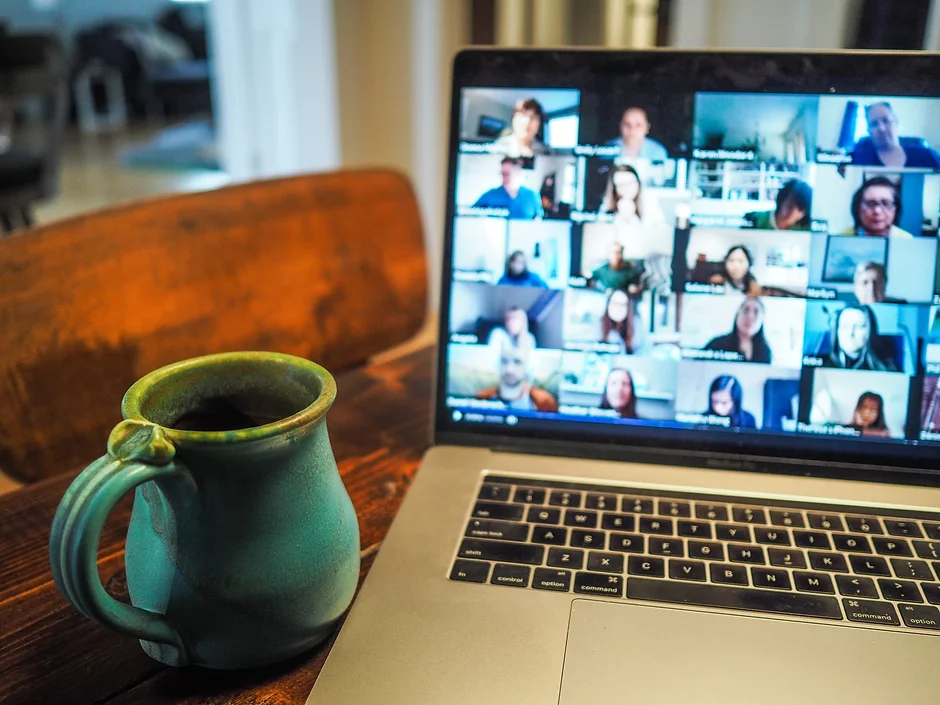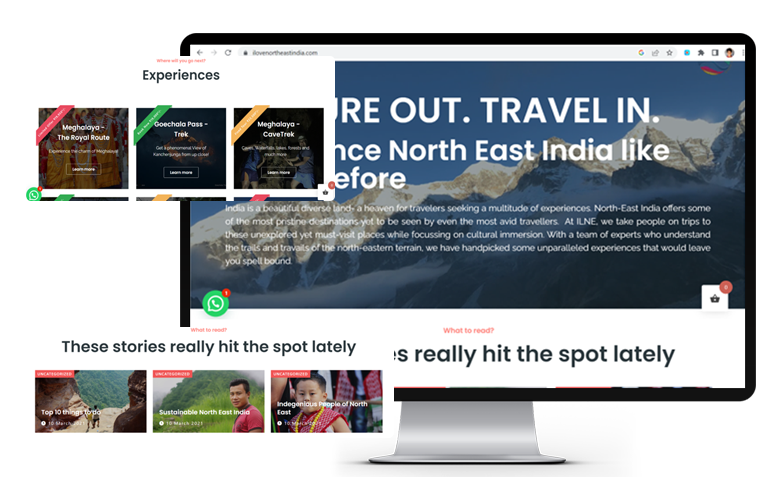
If you have been feeling tired at thought of yet another Zoom call, you might not be alone. When Zoom first became the norm, many of us were relieved at the ease and comfort that came with attending meetings in our pyjamas. However, as time has passed, we have learnt of the many challenges this poses to our well-being.
Researchers are now studying a phenomenon called “Zoom fatigue” which refers to the exhaustion experienced due to excessive exposure to video conferences. Published in a peer-reviewed academic journal, ‘Technology, Mind, Behaviour’ by the American Psychological Association (APA), the study outline the effect that the long durations of virtual interactions have on our health. These physical and mental symptoms could lead to serious discomfort and a drop in productivity.
Do you think you could be experiencing Zoom Fatigue? Here are some symptoms you could keep an eye out for:
-
Feeling tired in between calls
-
Feeling unusually tired at the end of the workday
-
Experiencing difficulty paying attention during meetings
-
Displaying anxious behaviours such as snacking, fidgeting, sweating during your calls
-
Developing complaints of new or increased eye strain or eye irritation
-
Experiencing regular headaches
-
Feeling constantly exhausted
-
Feeling anxious about turning on your camera
Feeling The Fatigue – Now What?
Understanding the causes behind the phenomenon can help us make the required changes to reduce the impact of regular video conferencing on our daily lives. According to the study, four primary causes led to fatigue from video conferencing:
Cause #1: Looking at ourselves in action for unusual amounts of time
Solution: Turn off self-view whenever possible, and allow your team members to sit through meetings with their cameras off.
Cause #2: Prolonged periods of screen exposure
Solution: Utilise other mediums of communication, such as email or phone calls whenever possible, and manage your screen time outside of meetings.
Cause #3: Restricted movement to remain centred with the camera
Solution: Invest in wireless headsets and move around during meetings (whenever your camera is turned off). You could also ensure to keep a 10-15 mins break between each meeting to move around or step outdoors in between meetings.
Cause #4: We have to strain to read non-verbal cues
Solution: Minimise your screen so that the faces are smaller and you are less focused on them. You could also limit video conferencing as a tool only for projects that require active collaboration or visual representation.
Making The Most Of It
While Zoom fatigue is a very real issue, it does not discount the importance of the platform. Zoom has helped ease the process of creating virtual workspaces and is an essential tool in the modern workplace. However, its use must be optimised to reduce its impact on individual wellbeing. To overcome their side effects on health and productivity, video conferencing platforms should be used purposefully and balanced with other tools of communication such as Slack, Trello, Email, and phone calls.










